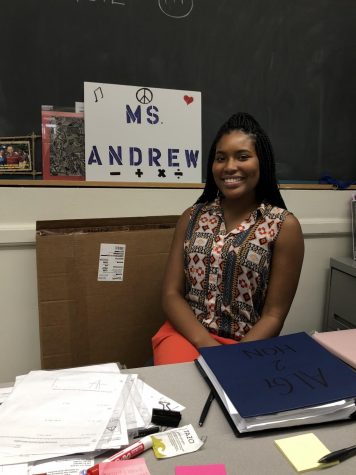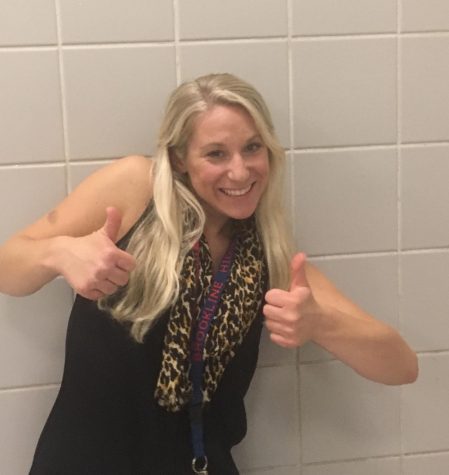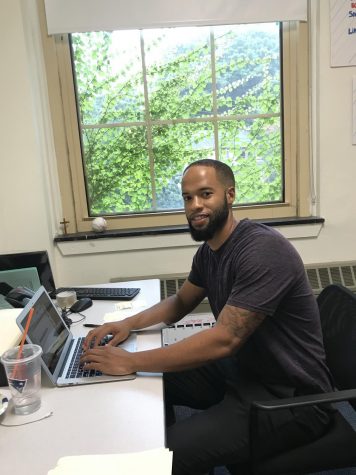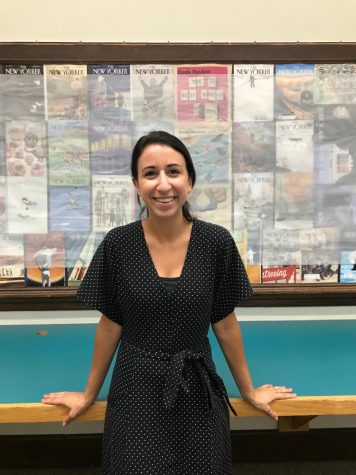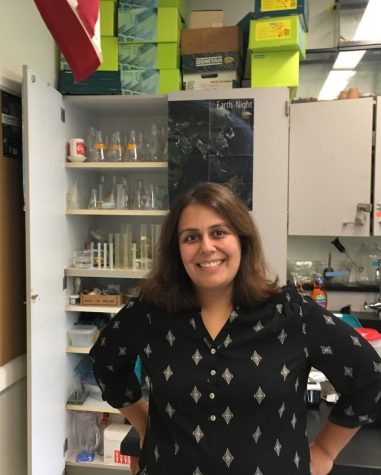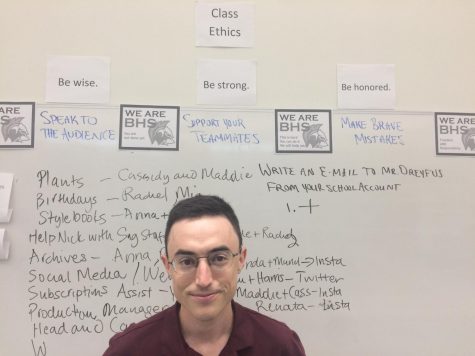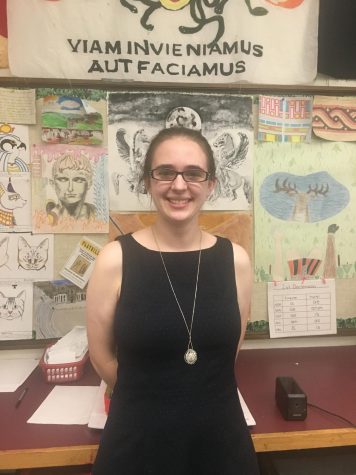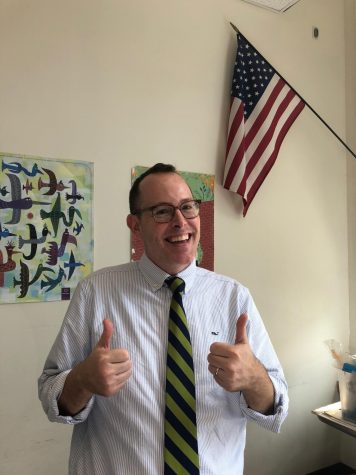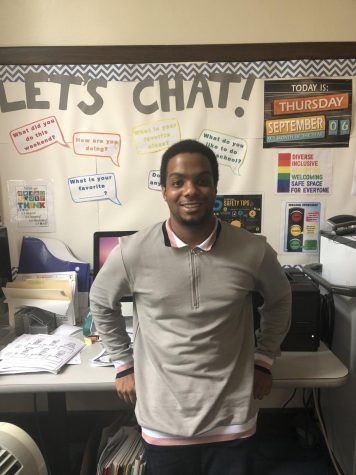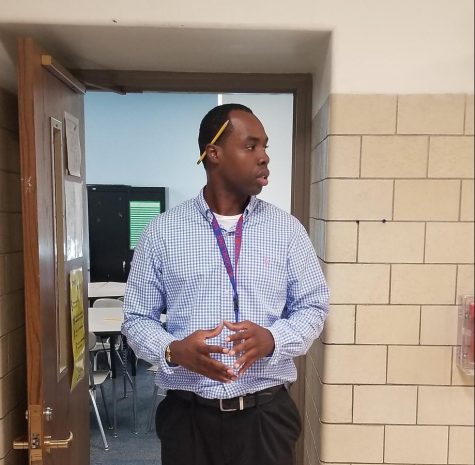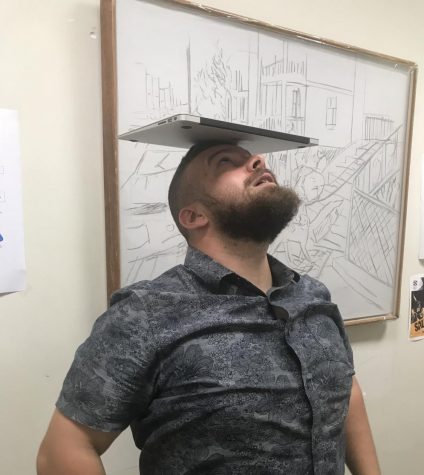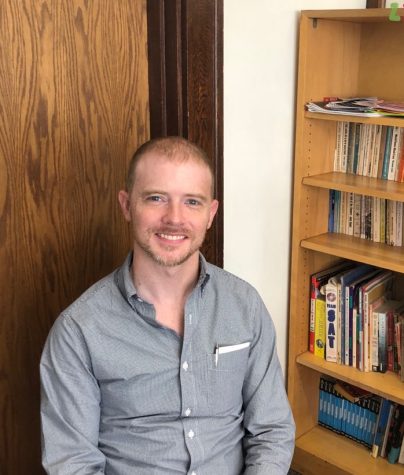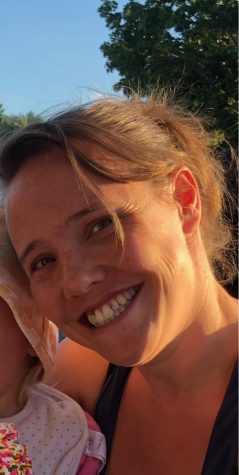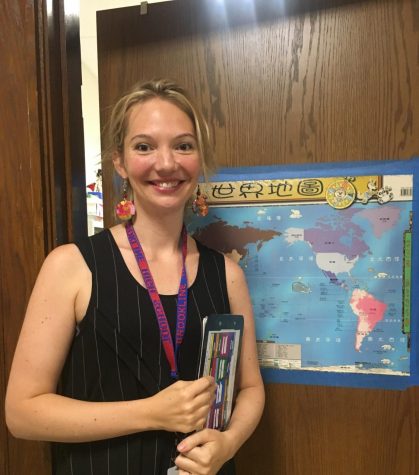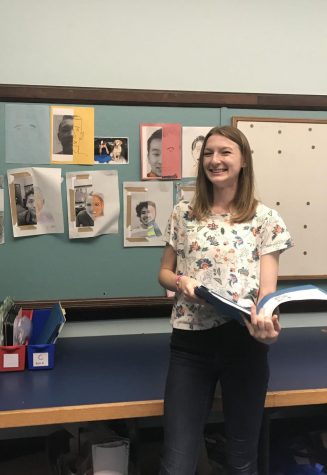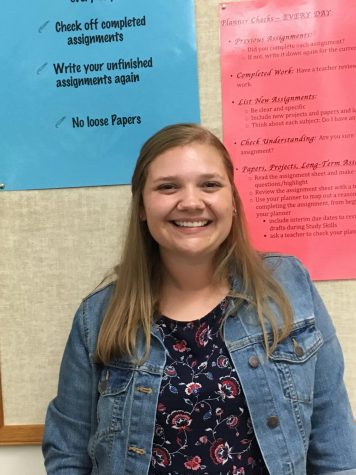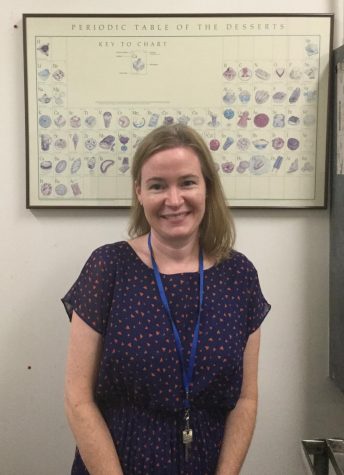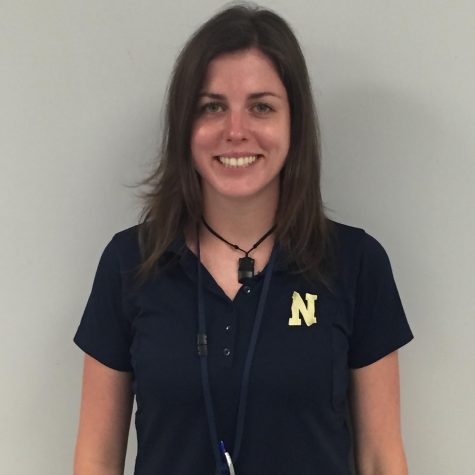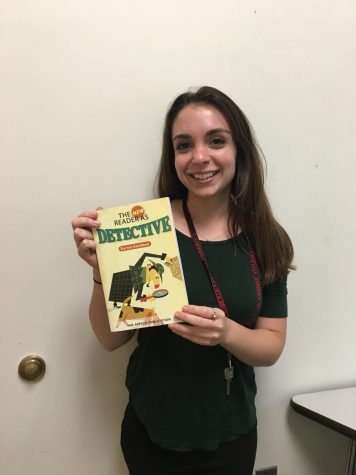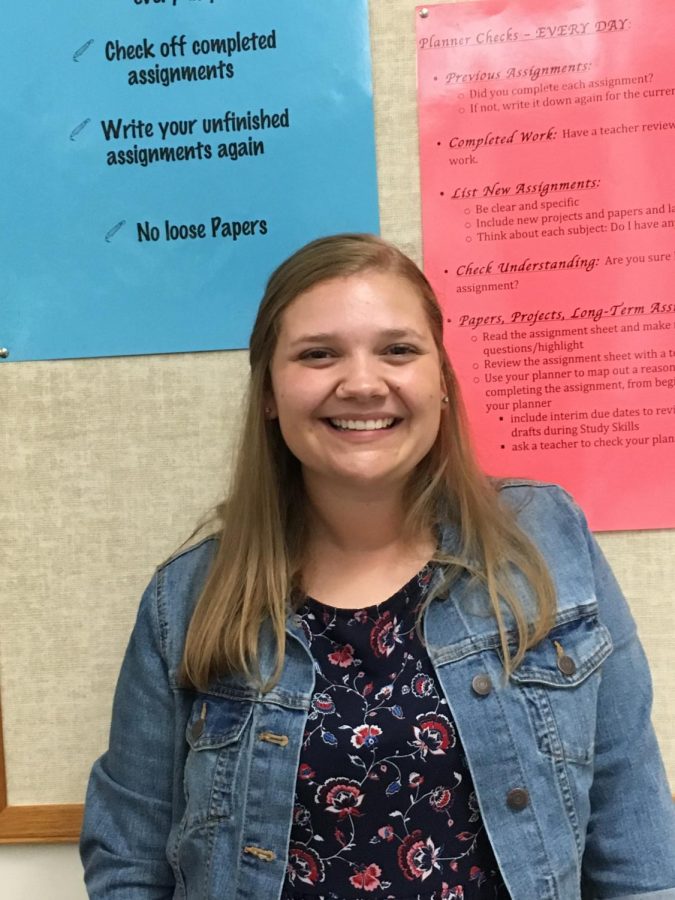Emily Gray
Emily Gray has always known that she has wanted to be standing in front of a classroom; and, now that she’s teaching Pathways at Brookline High, she finally has the chance to do so. When she isn’t helping students with special needs succeed at the high school, Gray can be found playing tabletop games with her friends, walking her dachshund, or skiing.
How did you spend your summer before coming to the high school?
I was working at my other job, at the New England Center for Children. It’s an educational institute for educating kids with autism, and I worked there for three years, starting when I got out of college. I also got my master’s degree while working there. I’ve always been interested in special needs; I had some family members who had special needs when I was growing up, and I’ve just always wanted to teach, and I felt more passionate about working with students with disabilities.
Could you explain the Pathways program to those who might be unfamiliar with the role it plays in the high school?
Of course! So, the students in Pathways have high-functioning autism or a disability that’s similar to that. Although they can take regular classes and honors classes — and they’re all extremely smart — they come in here for extra support in terms of managing their workloads, staying organized and working on social skills so that they can be more successful in high school life. My job within Pathways is to help them navigate high school and stay on top of their work. We help with a lot of social and emotional challenges that may come up, which is what really separates Pathways from a regular learning center. Pathways is about helping them develop strategies for dealing with that, improving their social interactions, making friends and just engaging with their peers in general.
How has adapting to your role in Pathways been?
Right now I’m just adjusting. It’s very different from my last job. I’m used to working with really low-functioning students, and now I’m working with higher-functioning students, which I have been enjoying so far. I think that as I get to know the students more, I feel more comfortable figuring out the best ways to work with them, communicate with them, and find out what works best. It’s a big learning curve, but I’m confident that I will be successful.
How was your high school experience?
It was good. I was pretty involved in a lot of things. I was vice-president of my graduating class and was also co-president of Students Against Destructive Decisions (SADD), and I did a lot of community service. I played a couple sports for a few years. I did field hockey and tennis. It was a smaller school, so you knew everybody, and it was a good community.
Have you noticed anything unique about this high school, compared to the high school that you went to, or other schools that you’ve been around?
Yes, it’s way bigger. It’s also an upgrade from my past job. I love the culture of the school, the open-campus feel, the lack of bells. In general, it’s very different. Not necessarily in a bad way: I like the idea of an open campus. It seems to help students feel like they have more independence but also helps them develop more responsibility.

Jake Zucker is currently a senior at Brookline High School and has been on the Sagamore's staff since 2018. Jake enjoys going for walks with friends and...


